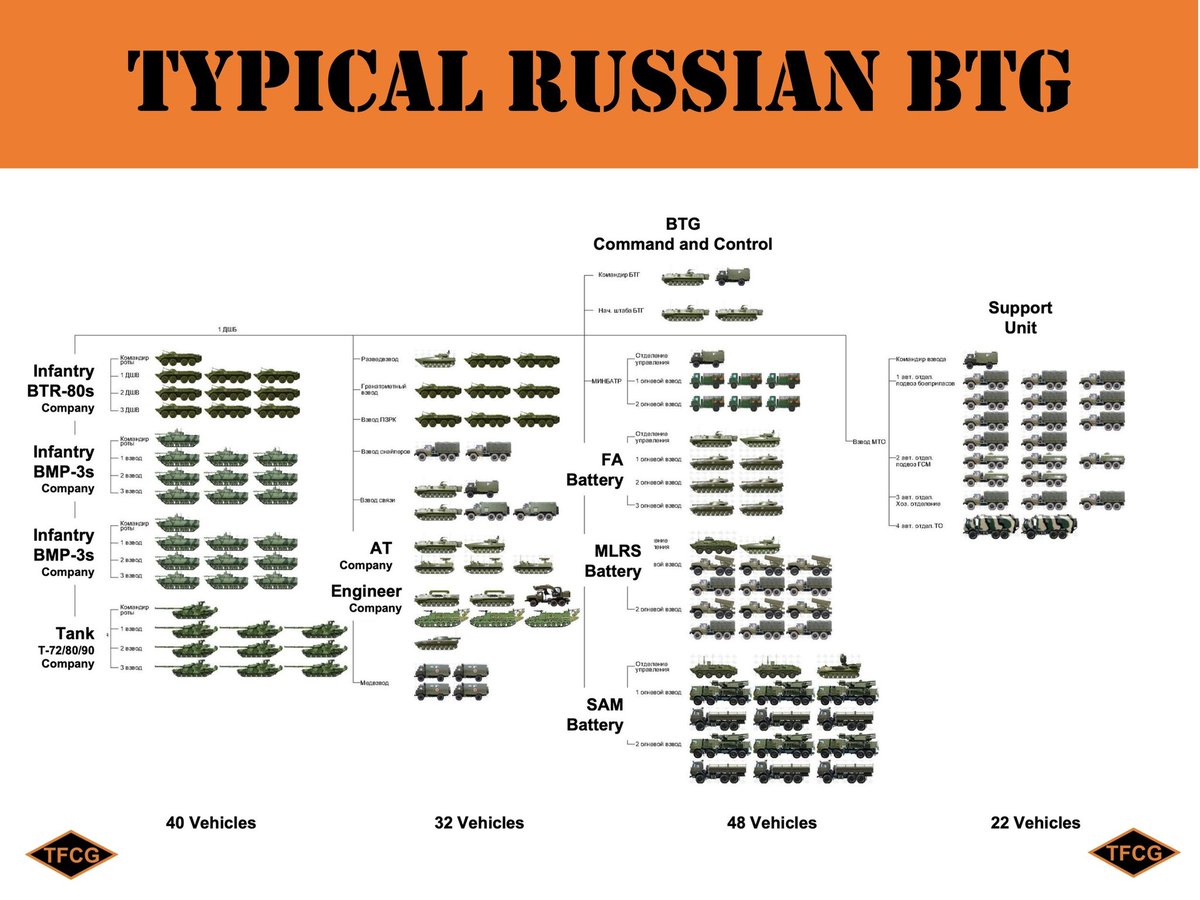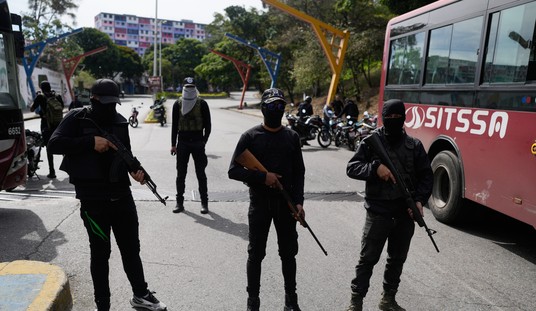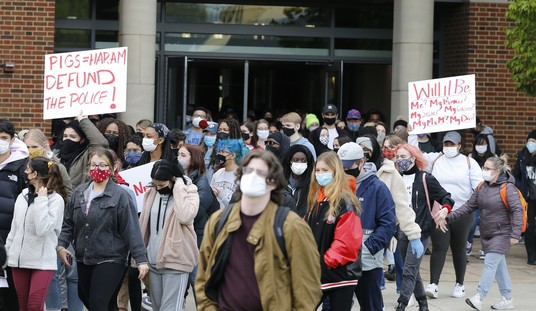Over the last week, the Russian position north of Kharkiv has collapsed. There are two explanations, and both involve an endgame for Putin’s War.
Most commentary on military operations over the last week has focused on what is assumed to be the center of gravity of the Russian campaign in Ukraine, Donbas, and the siege of Mariupol. However, in my opinion, the real activity to watch has been occurring on the Ukraine-Russia border. Kharkiv had been under daily artillery and rocket fire, destroying most of it.
When I saw the city center of Kharkiv, destroyed by air bombs, I was shocked. Last time I saw such images on the photographs of the WWII. Then it was bombed by the Germans, 76 years later it is bombed by the Russians. pic.twitter.com/4VsdJrrWGM
— Maxim Dondyuk 🇺🇦 (@maximdondyuk) May 10, 2022
However, you can see a significant shift in positions northeast of Kharkiv over the last week. My tweet below gives a side-by-side view of the front line today and one week ago.
What a difference a week makes. Russian positions a week ago on the left; from yesterday on the right. h/t @Militarylandnet pic.twitter.com/5gVye2hQra
— streiff (@streiffredstate) May 10, 2022
The Ukrainian counteroffensive has pushed Russian artillery out of range of Kharkiv, but the big news is that, in advance, that covered 40 kilometers, Ukrainian troops have reached the border with Russia, and Russian troops seem to be withdrawing from that area of operations back into Russia.
Unconfirmed but solid reports that Ukrainian troops have reached the Russian border to the North-East of Kharkiv near the town of Ternova. Today the UAF General Staff announced that Russian troops have withdrawn across the border. This unconfirmed news makes that seem more likely pic.twitter.com/UNt0aWChQi
— Nathan Ruser (@Nrg8000) May 10, 2022
As I’ve pointed out many times, the Russians attempt to do too much with too few assets. This diffusion of effort results in their inability to muster overwhelming force at the critical point on the battlefield. Even now, with Russia on the glideslope to technical and numerical inferiority, we see four separate operations underway.
There is one operation centered on Kharkiv, one on northern Donbas, a third on southern Donbas, a fourth around Kherson, and politicians pushing for a fifth campaign to take Odesa and create a land bridge that connects Russia to Donbas, Crimea, Odesa, and the Transnistria region of Moldova (Putin Decides to Widen the War With Ukraine to Achieve His Objectives). At most, two of these campaigns actually support one another. Some of these campaigns are critical (Ukraine’s Future Depends on These Three Fights That Russia Must Win), and some are sideshows, but the point is that only one campaign should be ongoing.
Everything else takes assets that could be used for the main effort and grinding them down. The concept of the “tyranny of numbers” doesn’t just apply to computers. Russia started the war with about 120 battalion tactical groups (BTGs).

At full strength, a BTG will have about 600-800 men. There is a growing body of evidence that Russian BTGs did not enter the war at full strength, and they are at less than full strength now. Moreover, only about 100 BTGs still exist. If you divide them up to carry out five different campaigns, no one has the strength to do anything.
The campaign around Kharkiv had no purpose other than to tie down some number of Ukrainian units at the cost of tying down a larger number of Russian units. There was never any danger the Russian force could generate the combat power to take a major city, and the perimeter the Russians held required many more troops than needed by the defenders. After the Battle of Kiev, Ukraine’s actions show that it does not intend to physically invade Russia (though it might use air, missile, and special forces strikes against key assets). A smart move would be for Russia to abandon the operation directed at Kharkiv, reconstitute those units, and feed them into the Donbas campaign where they could make a difference.
The other possibility is that we’re seeing the leading edge of a loss of will on the part of the Russian Army. There have been multiple reports of combat refusals and unauthorized retreats.
Trusted 🇷🇺 SpN source comment. Mobilized DNR units in Kharkiv direction were withdrawn to Russia due to low motivation. Units were untrained, lightly equipped, unprepared for battle. Rebellion started after first contact with 🇺🇦 forces. Artillery fire as main reason of panic.
— Russian_VDV_Textbooks (@VDV_Textbooks) May 10, 2022
Putin yesterday: "Everything is going as planned in Ukraine."
Reality in Ukraine today: Bridge collapsed under Russian forces who were fleeing from Ukrainian forces north of Kharkiv.🤣 pic.twitter.com/KCFAqXgceG— WorldOnAlert (@worldonalert) May 10, 2022
An area of operations like that north of Kharkiv would be a logical place for this to start happening. The Ukrainians have devoted men and resources to the counteroffensive to force Russian artillery away from Kharkiv. On the other hand, the Russians are on a low-priority front and could be sucking hind teat, as they say, when it comes to food, ammunition, and fuel. If the troops are not down with the program, once you start moving them to the rear, if for no other reason than to shorten your defensive lines, it can be difficult to stop them.
Should this movement by the Russians continue, Ukraine will clear Russian troops from all of Ukraine, save Donbas, in the next week or so. What does it mean?
Suppose it is a deliberate decision to abandon a dead-end operation and use those troops to greater effect in Donbas. In that case, it will signal that Russia’s war aims have been reduced to annexing Donbas (see Russia Is Creating Facts on the Ground to Support Annexing Eastern Ukraine). Moreover, the tactical withdrawal from around Kharkiv would return to Ukrainian control territory, not within the boundaries of Donetsk Oblast, and provide Moscow with a bargaining chip in any negotiations.
On the other hand, if it is a morale collapse like that experience by the German Army in 1918, this problem is not going to get better. In the next month, we should see it happen again, perhaps serially, as units that have been in heavy combat for nearly 90 days and are now feeling the brunt of Western European weaponry decide they have had enough fun and start making their own decisions.
Either Putin is abandoning territory outside of Donbas to free up troops and set a new border for cease-fire talks, or the Russian Army is beginning to fall apart. Regardless of the reason, I think this move can be viewed as part of an endgame.













Join the conversation as a VIP Member